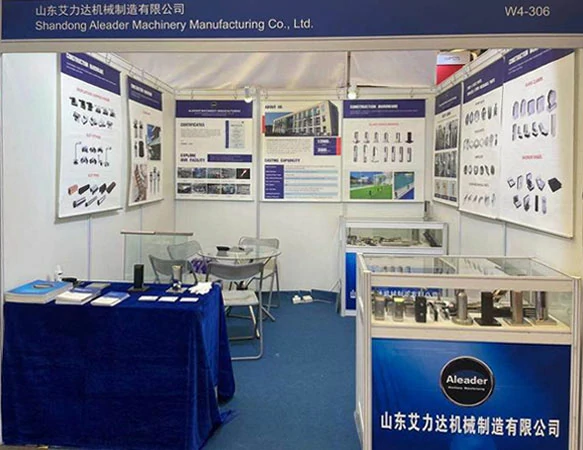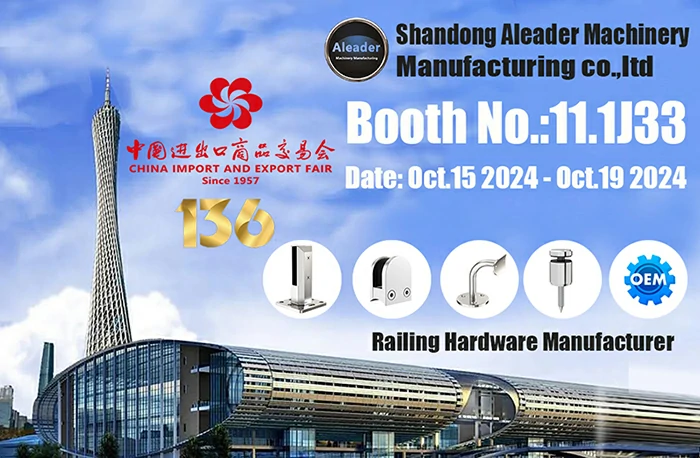A Technical and Economic Comparison for Modern Manufacturing
In the world of metal part production, 3D printing and mold casting are often seen as competing technologies. However, they serve distinct purposes and thrive in different scenarios. This article dives deep into their differences, with a special focus on how 3D printing is revolutionizing silica sol investment casting—a high-precision subset of mold casting.
The Fundamental Divide: How They Work
1. Mold Casting (Traditional Approach)
Process:
Create a physical mold (metal, wood, or resin).
Inject wax or pour molten metal into the mold.
Use the wax pattern to build ceramic shells (for investment casting).
Melt out wax, pour molten metal, break the mold.
Key Traits:
High upfront cost: Mold fabrication costs 5K–50K.
Economies of scale: Unit cost drops sharply with volume.
Design constraints: Limited to moldable geometries (no enclosed cavities or ultra-thin walls).
2.3D Printing (Digital Approach)
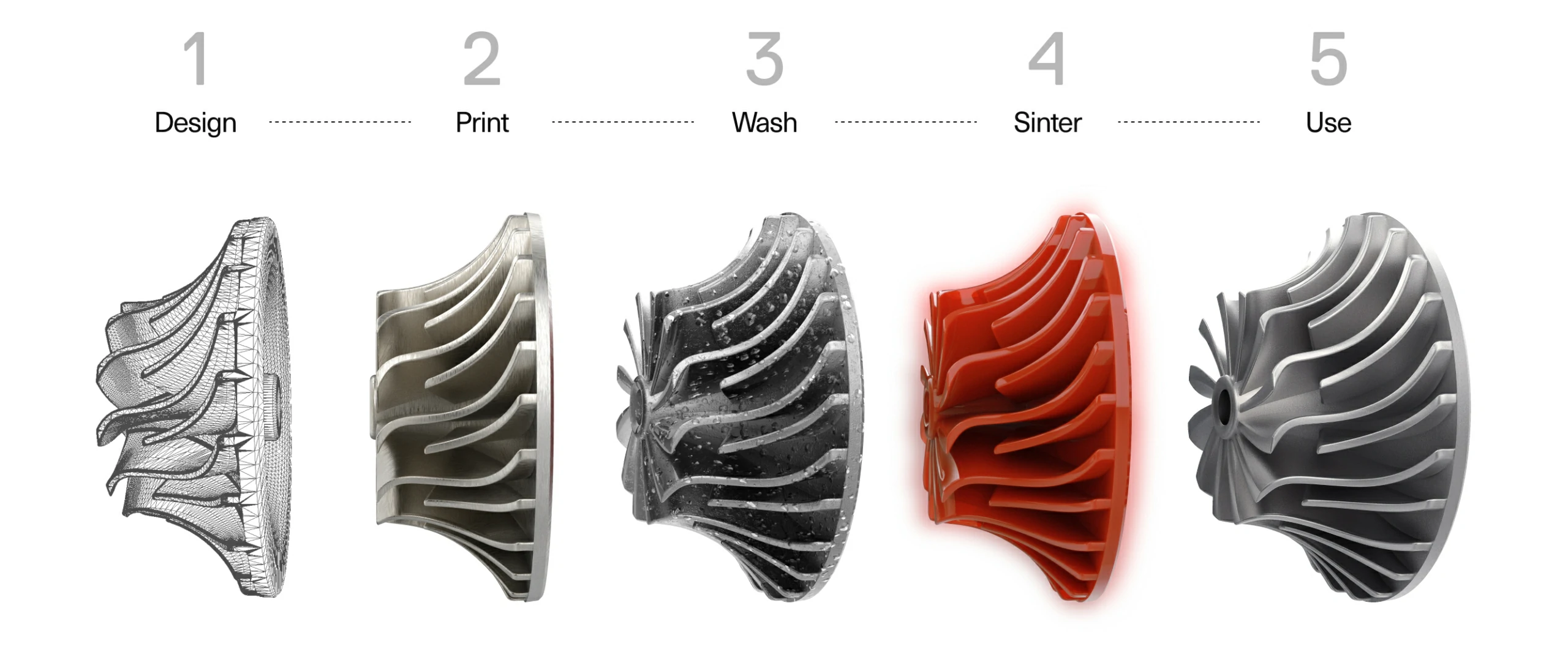
Process:
Slice a 3D CAD model into layers.
Print wax patterns or ceramic shells directly (no physical mold).
Proceed to casting steps (for hybrid methods).
Or print metal parts outright (DMLS/SLM).
Key Traits:
Zero mold cost: Ideal for prototypes or small batches.
Geometric freedom: Create lattice structures, internal channels, and <0.3mm features.
Speed-to-market: First article in days vs. months.
3.Core technical principles of 3D metal printing technology
Additive Manufacturing: Unlike traditional subtractive manufacturing (e.g., cutting), metal 3D printing builds objects by stacking materials (e.g., metal powder, wire) layer by layer.
Energy source: High-energy lasers (e.g., SLM, DMLS) or electron beams (e.g., EBM) are typically used to melt metal powders and achieve metallurgical bonding between layers.
Key Steps:
3D model slicing and path planning →→ metal powder spreading or wire feeding →→ selective melting by high-energy beam →→ repeated layer building until completion
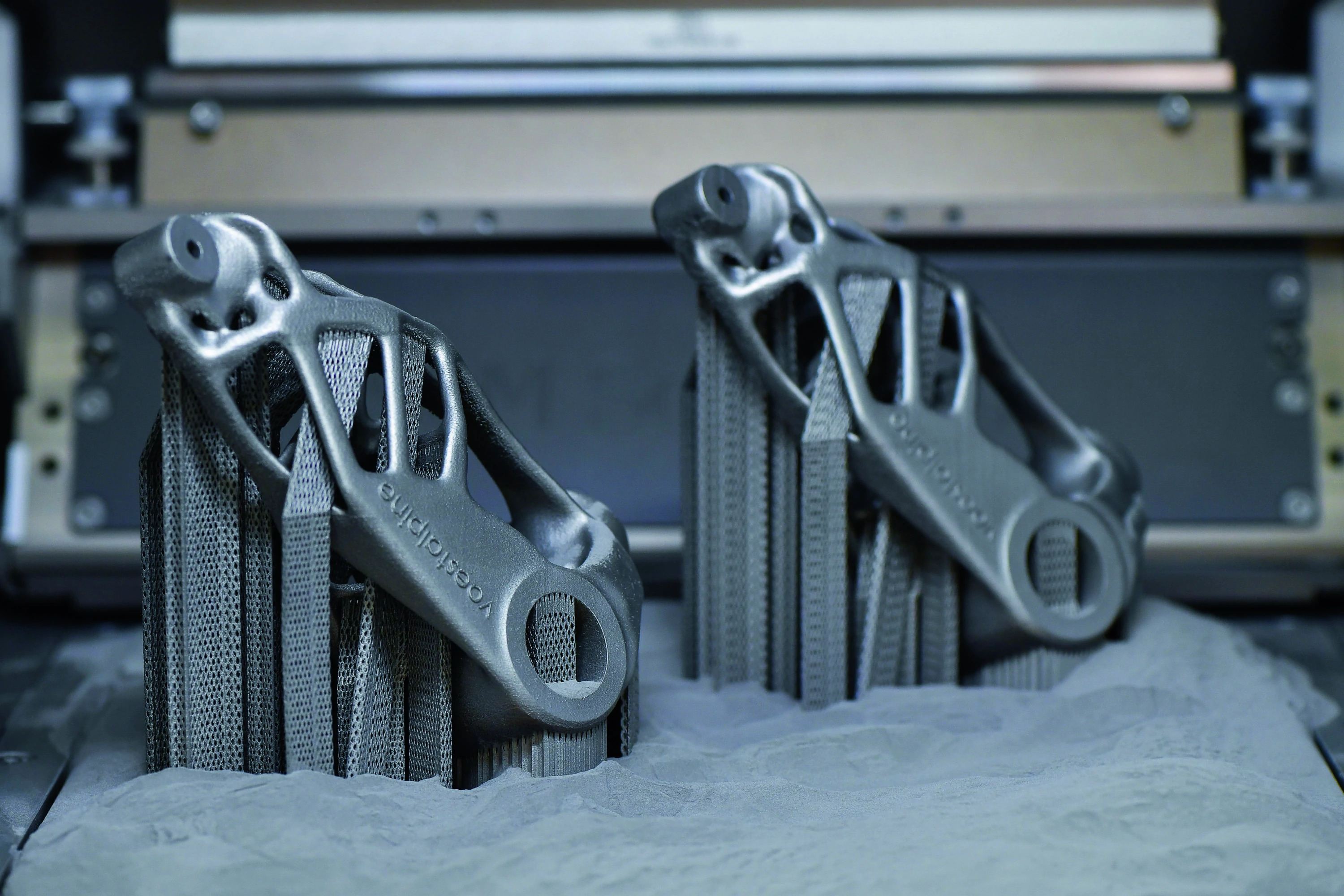
Head-to-Head Comparison
|
Parameter |
Mold Casting |
3D Printing |
|
Tooling Cost |
5K–50K |
$0 (digital tooling) |
|
Lead Time (First Part) |
4–12 weeks |
3–7 days |
|
Design Complexity |
Limited by mold separation |
Virtually unlimited |
|
Surface Finish |
Ra 6.3–12.5 μm (post-machined) |
Ra 6.3–25 μm (as-cast) |
|
Optimal Batch Size |
>500 parts |
1–200 parts |
|
Material Options |
Wide (Al, Steel, Cu alloys) |
Growing (focus on high-performance alloys) |
3D Printing’s Game-Changing Role in Silica Sol Investment Casting
While traditional mold casting still dominates mass production, 3D printing addresses its critical pain points in high-mix, low-volume precision casting:
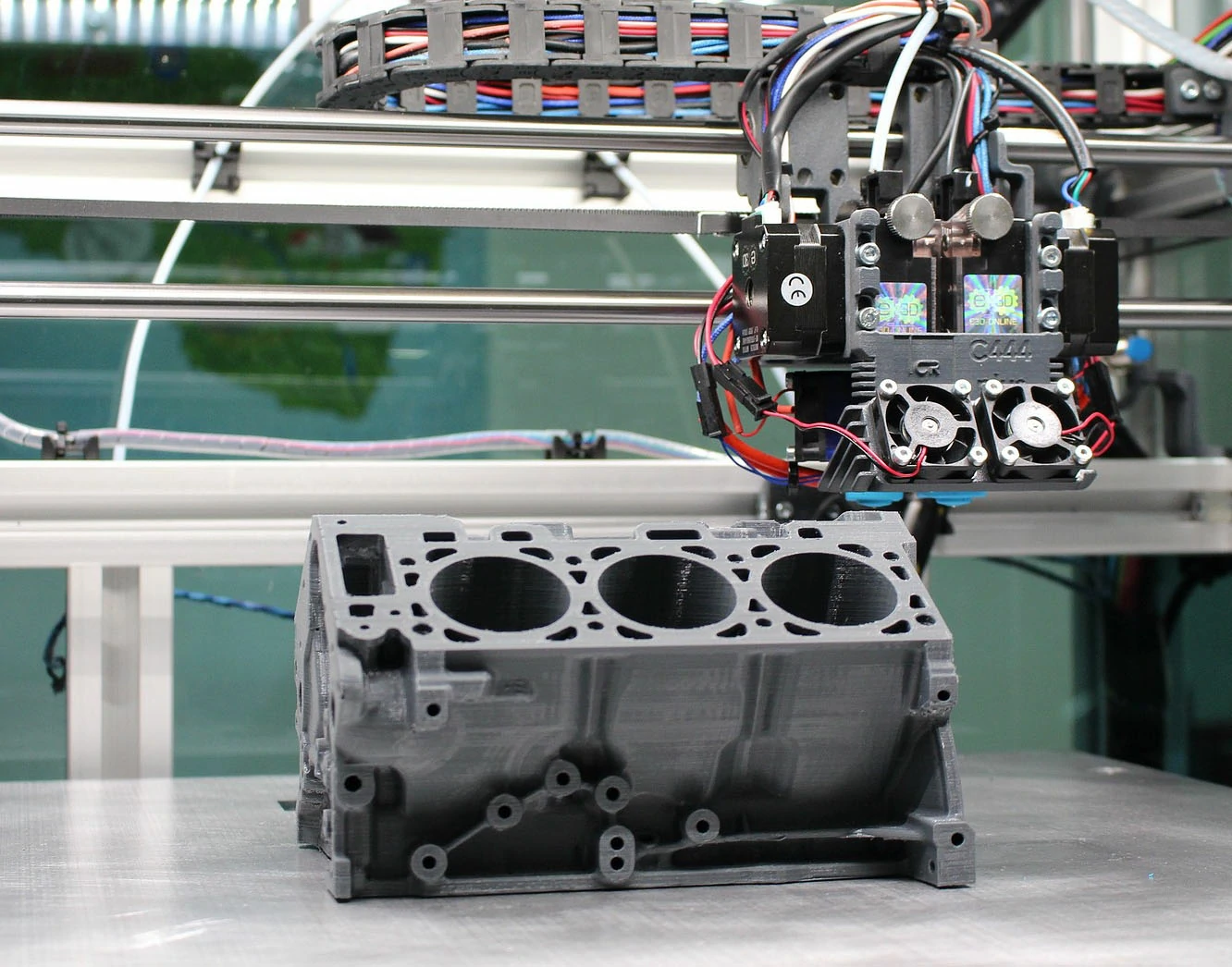
1. Eliminating Wax Injection Molds
Problem: A turbine blade wax mold costs $20K and takes 8 weeks to machine.
3D Solution: Print wax-like resin patterns directly:
Speed: 18-hour print vs. 8-week CNC machining.
Cost: Cost: 850/partatl0pcsus.20K+$50/part.
Case: Rolls-Royce reduced lead time for turbine blade prototypes by 74% using 3D-printed patterns.
2. Defying Geometric Limits
Problem: Traditional wax patterns can’t achieve <0.5mm wall thickness or fractal cooling channels.
3D Solution:
Print 0.2mm walls and helical internal channels.
Achieve CT4 tolerances (±0.15mm/100mm).
Case: Siemens Energy’s 3D-printed gas burner heads improved fuel efficiency by 11%.
The Synergy: 3D Printing Enhances Mold Casting
1. Rapid Tooling for Casting Molds
Print sand cores or mold inserts in 48 hours vs. machining over weeks.
Example: Ford’s 3D-printed sand cores reduced cylinder head development time by 40%.
2. Casting-Compatible 3D Metals
Binder Jetting (Ex One): Print stainless steel parts with density >99% for functional prototypes.
Hybrid Approach: Add 3D-printed features to cast parts (e.g., heat-resistant coatings).
Conclusion
The symbiotic future of casting and additive manufacturing
In the evolution of manufacturing, the relationship between 3D printing and traditional casting is not one of ‘replacement’ but of ‘symbiosis’. Just as the fusion of the steam engine and hand forging gave birth to the Industrial Revolution, the collision of digital technology with millennia-old casting processes is writing the next chapter of intelligent manufacturing.

